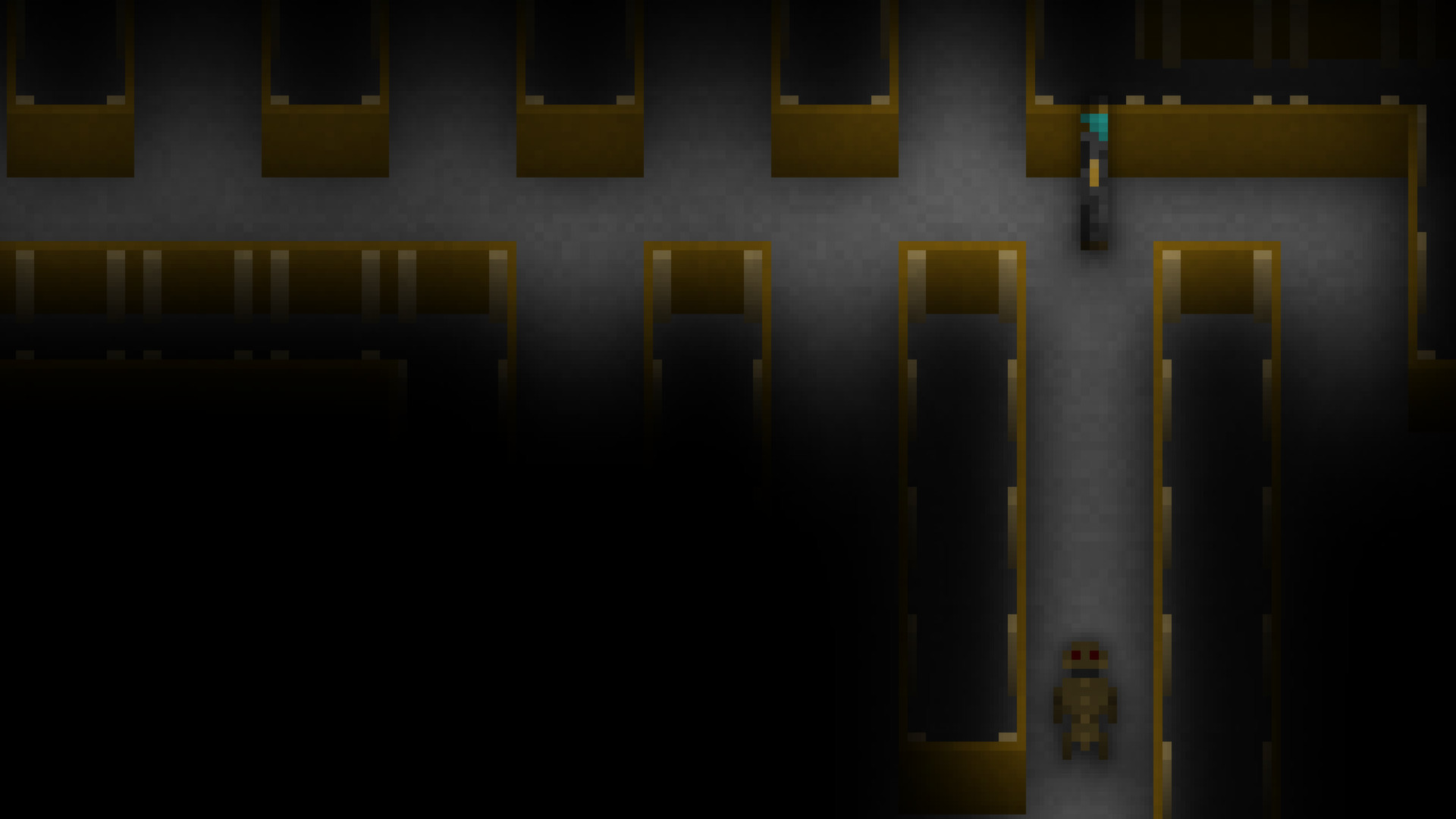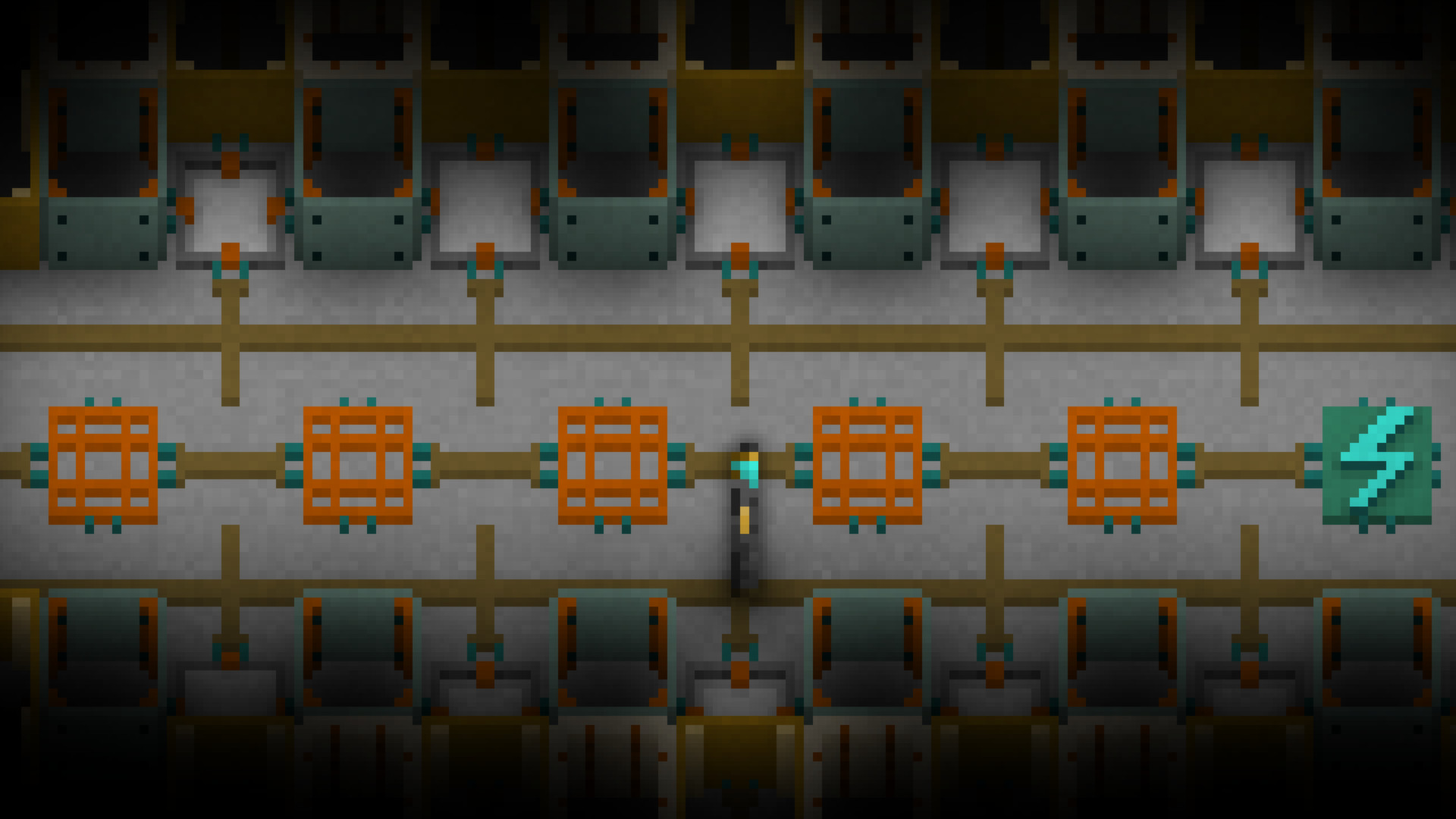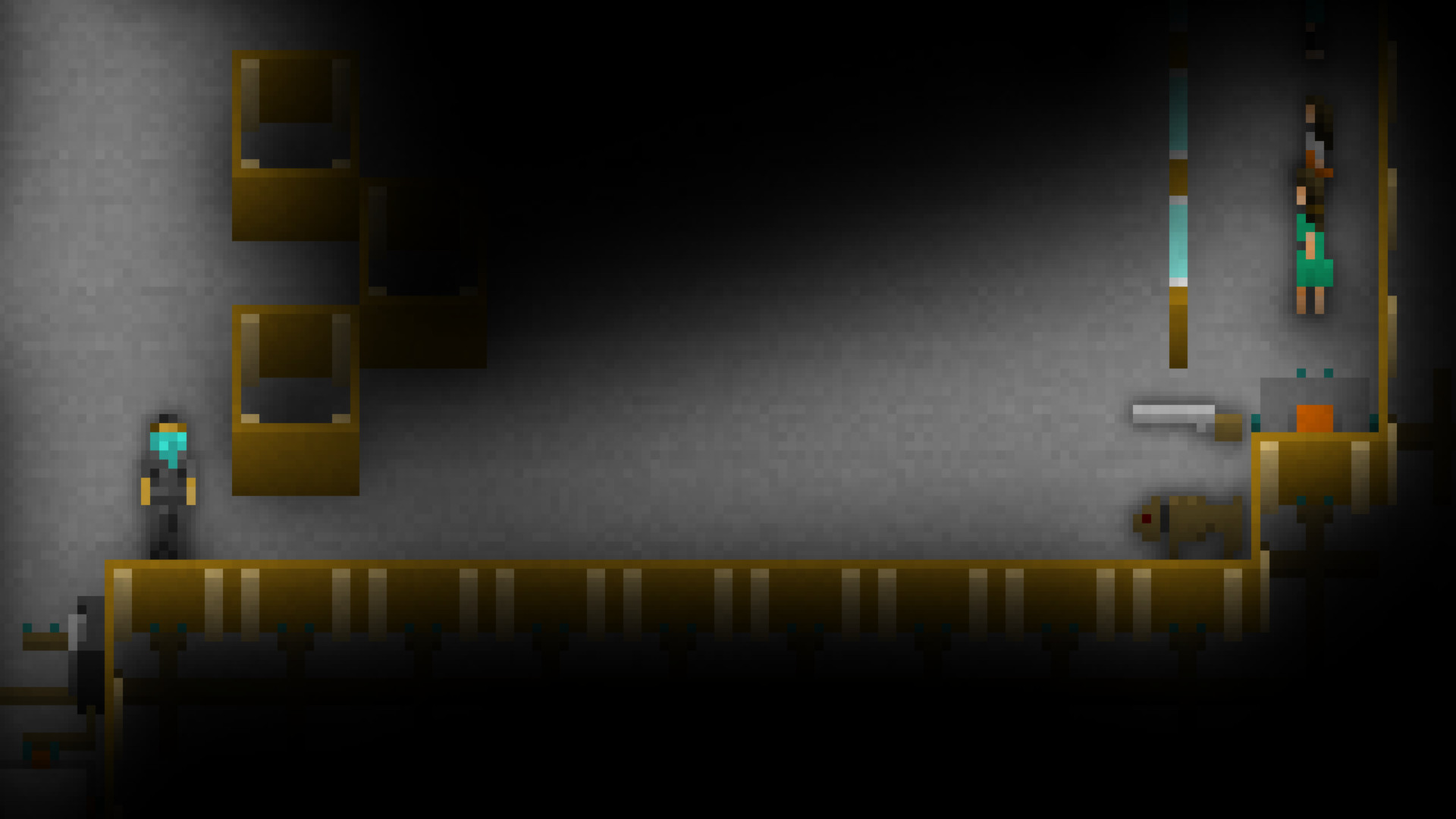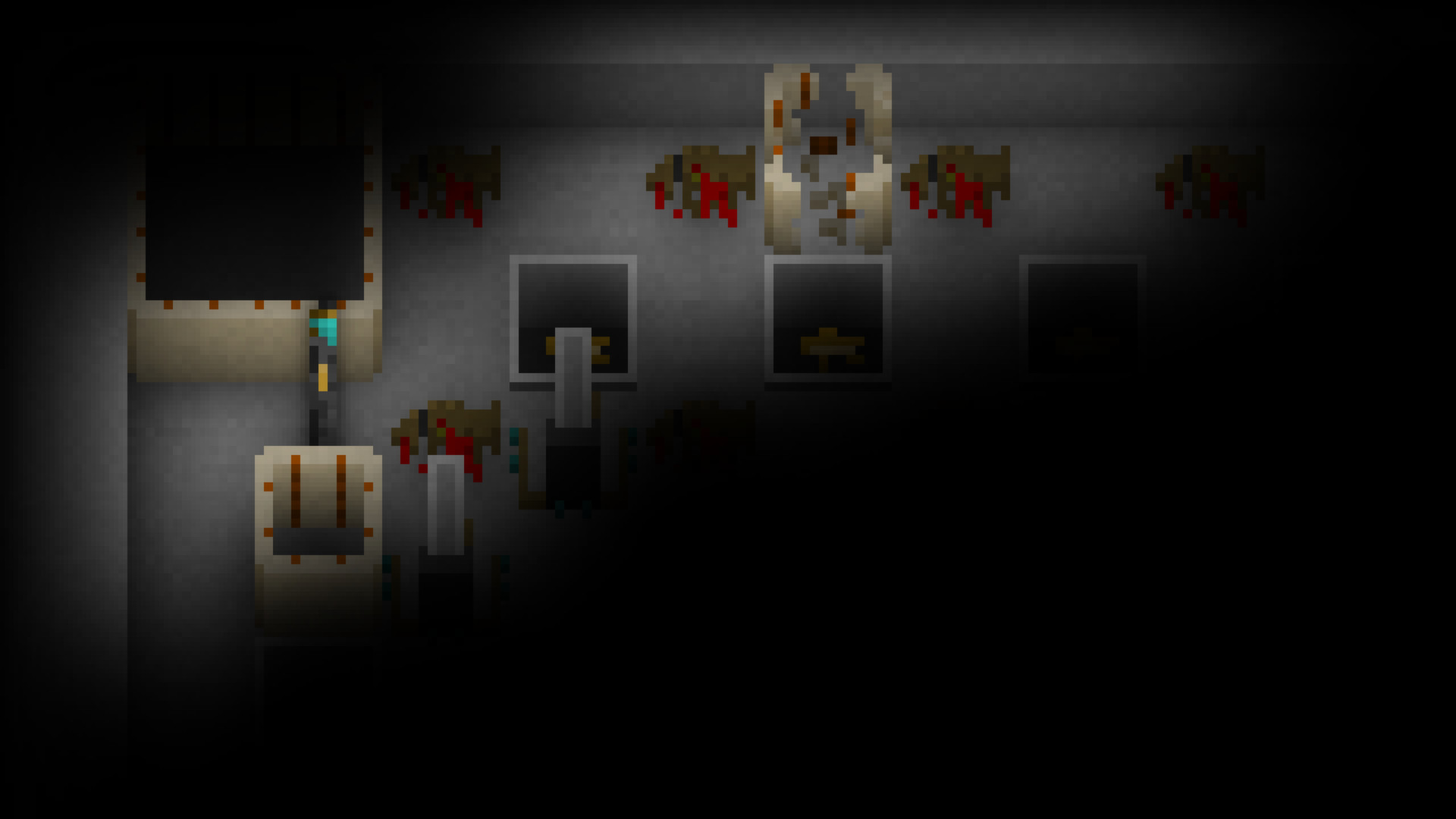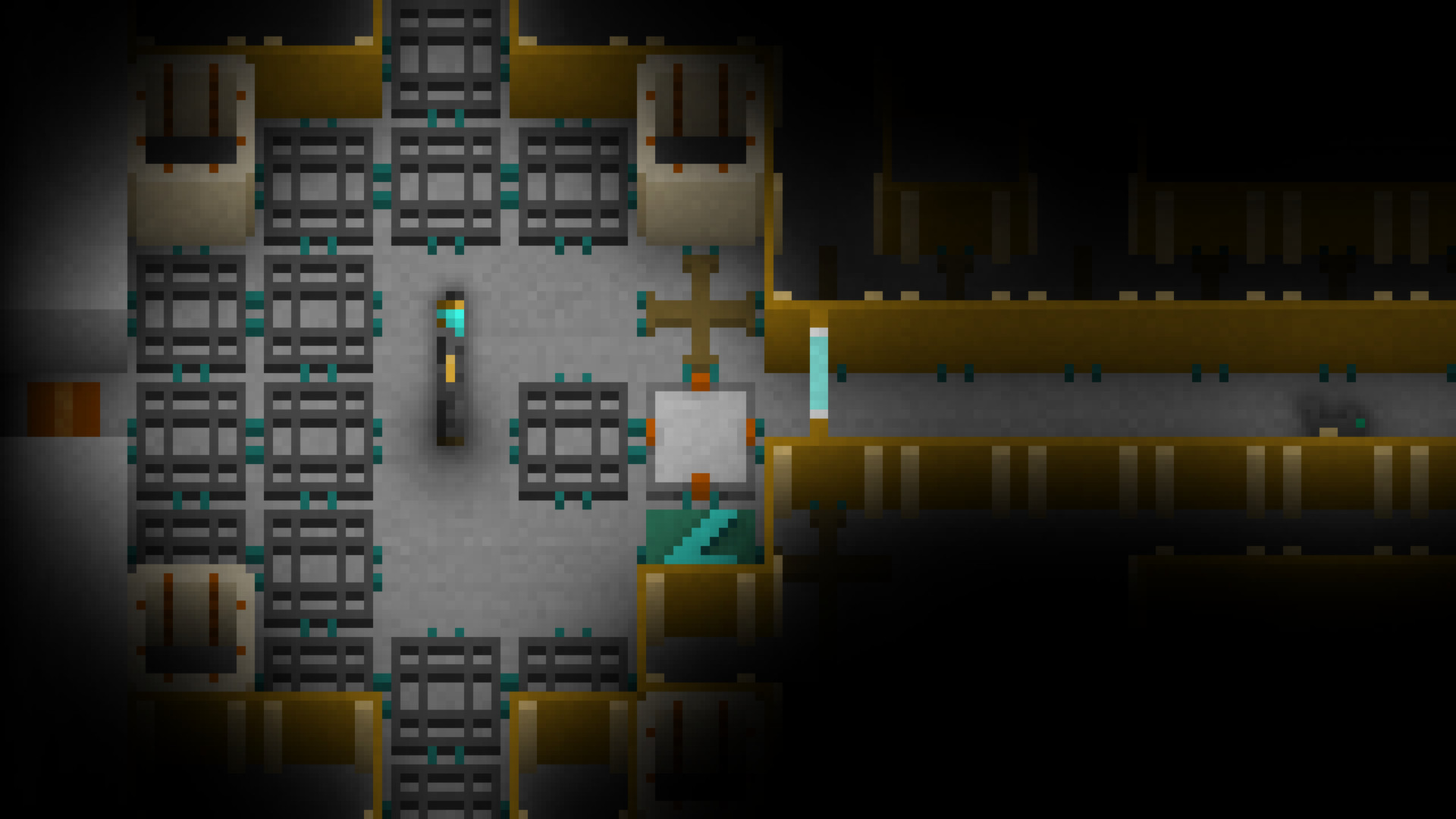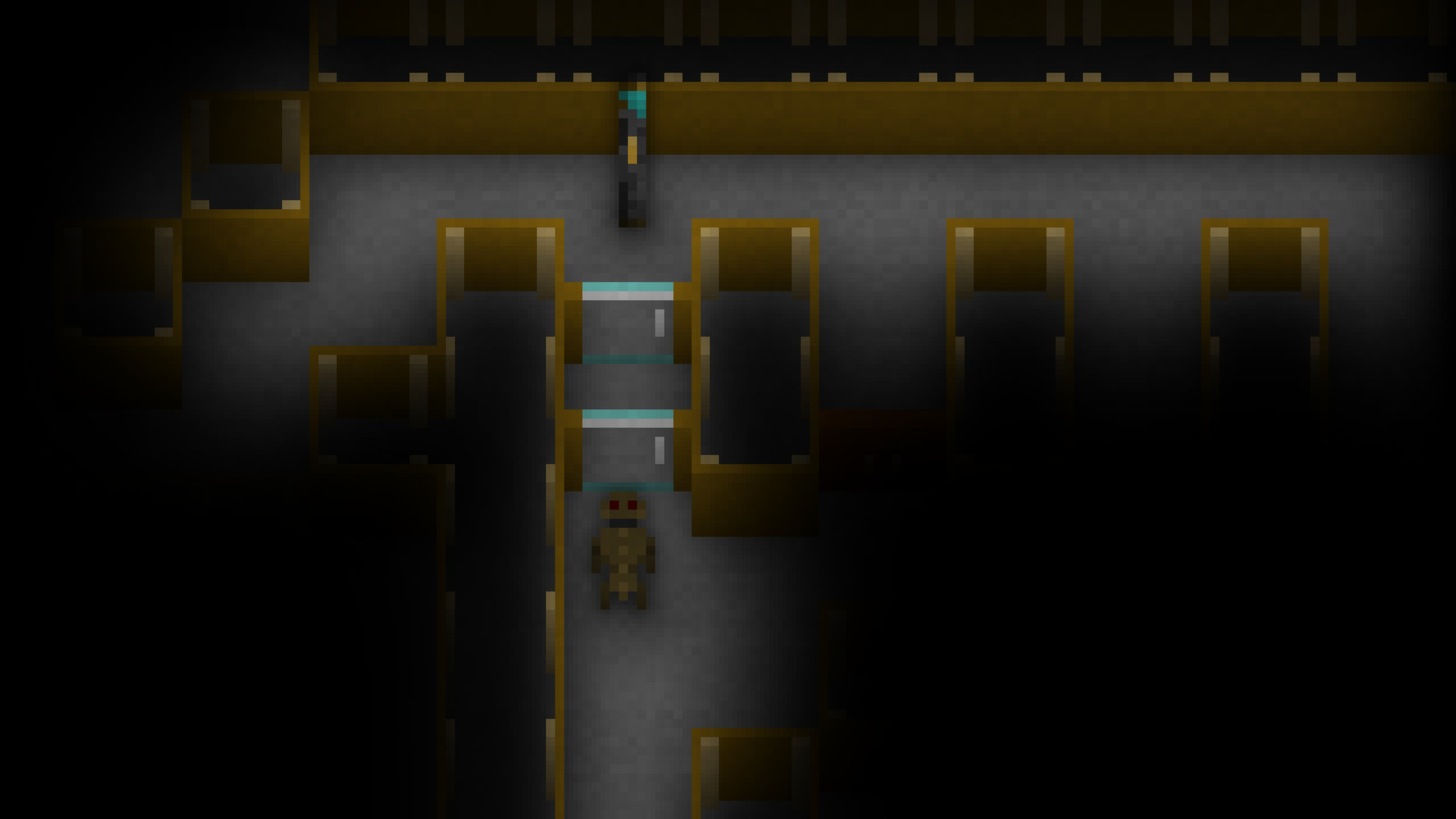I'm Jason Rohrer, and The Castle Doctrine is my 10th game. It's a bit hard to describe, because there's never been anything quite like it before. It's a brutal game in terms of its perma-death and perma-destruction consequences, and it is turn-based, so it's rather Rogue-like. But building such a brutal game in a multiplayer context, with absolutely no cushion between players to stop them from brutalizing each other, is quite strange and new.
Everything is real in this game. When you rob someone, you are actually hurting another player in a permanent way by destroying and stealing their hard work. When someone dies in this game, they lose everything and start over. If you devise perplexing security systems, you can perma-death other players when they come to rob you. Watching those security tapes, where someone gets what's coming to them, is an exhilarating experience. On the other hand, you just killed someone and perhaps caused them to lose days of their hard work. And you've been on the other side too, losing everything because of some thoughtless move you made in someone else's house.
But there is no randomness in this game, so everything is fair. When you die, it is always your fault. When things get dicey, you can always retreat back out the front door to save your own neck. Of course, human folly will get the better of you.
Here's what you get when you buy the game:
- A lifetime account on the central world server that I'm running.
- Access to the full game source code (after launching the game on Steam, go here).
- Everything you need to run your own game server (requires a PHP/MySQL web server, download the source bundle to get started).
As you may have noticed, The Castle Doctrine's player population has dwindled since it's peak of 3600 active players back in January of 2014. Over the past week, for example, there have been an average of 10 players per day, with a min of 6 and max of 14. Not bad for a game that is almost four years old, but not exactly thriving, either.
Fortunately, the game is still playable at these low population densities because of its asynchronous nature. The game simply slows down somewhat. You can design a house and come back in a few hours to see if anyone tried to rob it, whereas back in the day, you'd have had dozens of robbers beating down your door in as little as a few minutes. Still, some aspects of the game were implemented back in the days of larger player populations, and those implementations don't necessarily make sense for today's small, asynchronous player pools.
With all that in mind, I just revamped the way chill timers work, reducing the possibility of you finding that all houses on the list are blocked due to chills. (Chills are placed on houses that you die while robbing, making you wait a while before robbing them in the next life). The summary is that the timeout duration now accounts for the number of available houses, getting shorter as the house list gets shorter. Full details have been posted here:
http://thecastledoctrine.net/forums/viewtopic.php?id=3168
This change should make the game much more interesting for sparsely-distributed player populations.
Enjoy!
Jason
As you may have noticed, The Castle Doctrine's player population has dwindled since it's peak of 3600 active players back in January of 2014. Over the past week, for example, there have been an average of 10 players per day, with a min of 6 and max of 14. Not bad for a game that is almost four years old, but not exactly thriving, either.
Fortunately, the game is still playable at these low population densities because of its asynchronous nature. The game simply slows down somewhat. You can design a house and come back in a few hours to see if anyone tried to rob it, whereas back in the day, you'd have had dozens of robbers beating down your door in as little as a few minutes. Still, some aspects of the game were implemented back in the days of larger player populations, and those implementations don't necessarily make sense for today's small, asynchronous player pools.
With all that in mind, I just revamped the way chill timers work, reducing the possibility of you finding that all houses on the list are blocked due to chills. (Chills are placed on houses that you die while robbing, making you wait a while before robbing them in the next life). The summary is that the timeout duration now accounts for the number of available houses, getting shorter as the house list gets shorter. Full details have been posted here:
http://thecastledoctrine.net/forums/viewtopic.php?id=3168
This change should make the game much more interesting for sparsely-distributed player populations.
Enjoy!
Jason
Minimum Setup
- Processor: 900 MHzMemory: 40 MB RAM
- Memory: 40 MB RAM
- Graphics: Onboard GraphicsNetwork: Broadband Internet connection
- Storage: 10 MB available space
[ 6316 ]
[ 5957 ]
[ 1933 ]
[ 2282 ]

